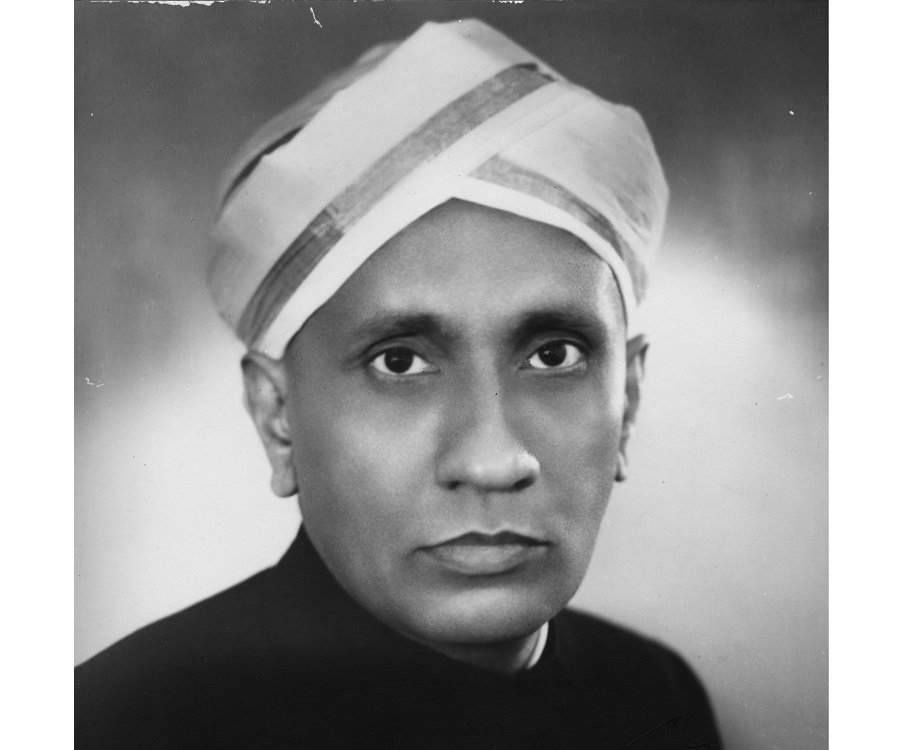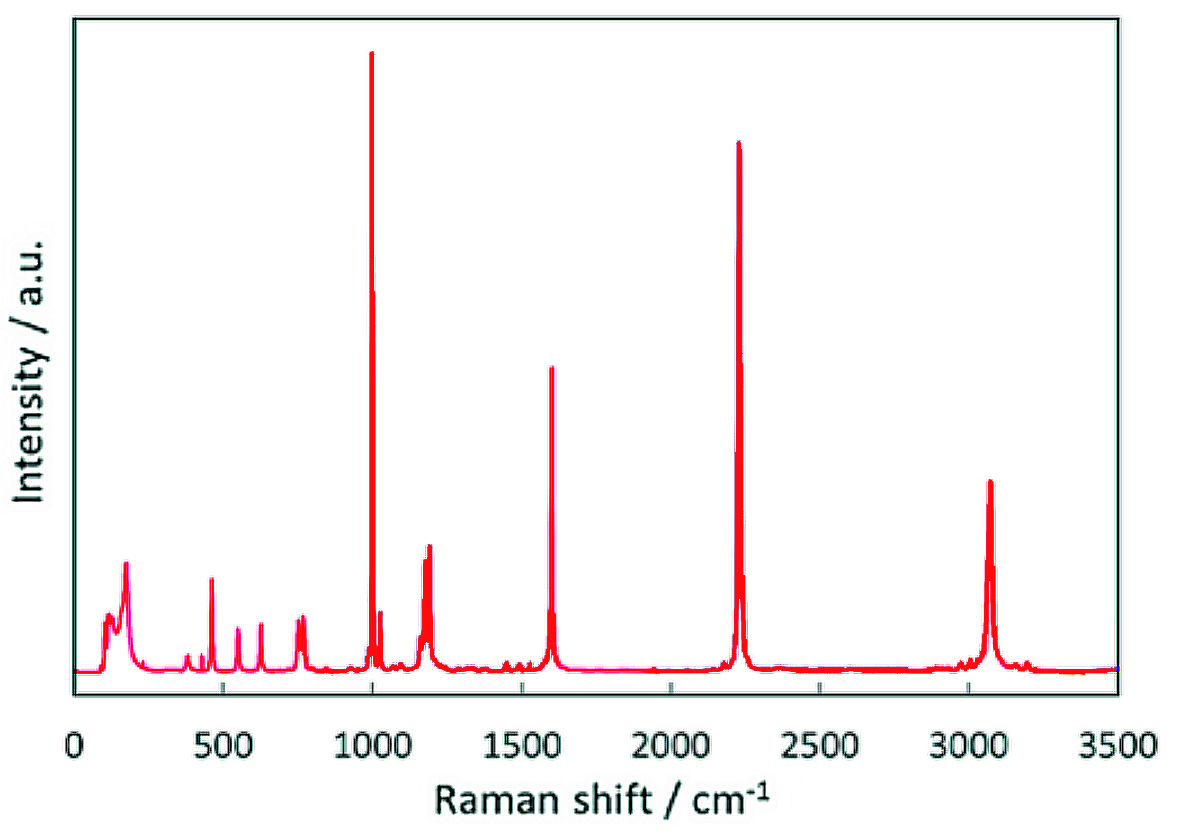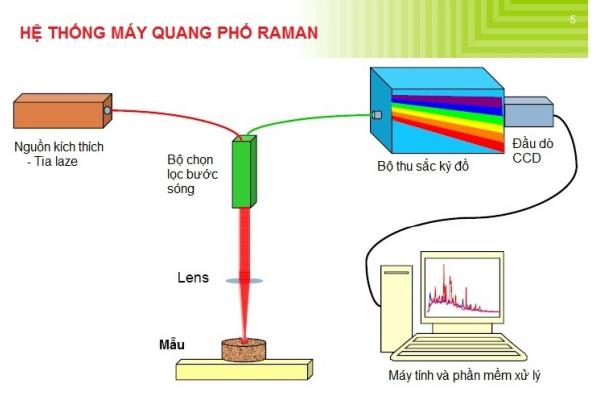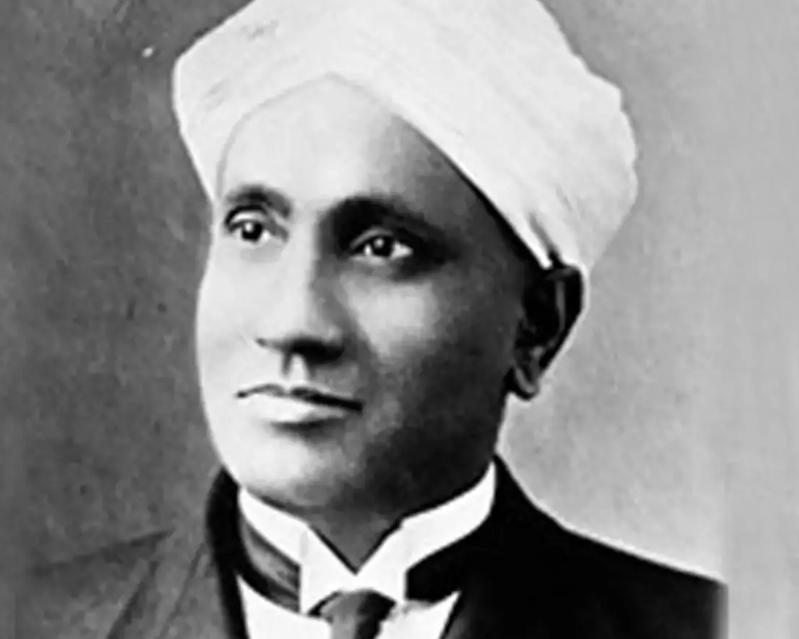Chandrasekhara Venkata Raman was born at Tiruchirappalli in Southern India on November 7th, 1888. His father was a lecturer in mathematics and physics so that from the first he was immersed in an academic atmosphere. He entered Presidency College, Madras, in 1902, and in 1904 passed his B.A. examination, winning the first place and the gold medal in physics; in 1907 he gained his M.A. degree, obtaining the highest distinctions.
His earliest researches in optics and acoustics – the two fields of investigation to which he has dedicated his entire career – were carried out while he was a student.
Since at that time a scientific career did not appear to present the best possibilities, Raman joined the Indian Finance Department in 1907; though the duties of his office took most of his time, Raman found opportunities for carrying on experimental research in the laboratory of the Indian Association for the Cultivation of Science at Calcutta (of which he became Honorary Secretary in 1919).

In 1917 he was offered the newly endowed Palit Chair of Physics at Calcutta University, and decided to accept it. After 15 years at Calcutta he became Professor at the Indian Institute of Science at Bangalore (1933-1948), and since 1948 he is Director of the Raman Institute of Research at Bangalore, established and endowed by himself.

He also founded the Indian Journal of Physics in 1926, of which he is the Editor. Raman sponsored the establishment of the Indian Academy of Sciences and has served as President since its inception.
He also initiated the Proceedings of that academy, in which much of his work has been published, and is President of the Current Science Association, Bangalore, which publishes Current Science (India).

He was awarded the Nobel Prize in 1930 for his work on the scattering of light and for the discovery of the effect named after him. When light meets particles that are smaller than the light's wavelength, the light spreads in different directions.

This occurs, for example, when light packets – photons – encounter molecules in a gas. In 1928 Venkata Raman discovered that a small portion of the scattered light acquires other wavelengths than that of the original light. This is because some of the incoming photons' energy can be transferred to a molecule, giving it a higher level of energy. Among other things, the phenomenon is used to analyze different types of material.
According to nobelprize






![[HONORARY PROFESSOR OF RECORD FOR PRACTICE AND EMPIRICAL RESULTS – 2024] RECORD HOLDER CHU BAO QUE (BAC GIANG PROVINCE, VIETNAM)](https://uskings.us/wp-content/uploads/2024/05/IMG_0386-218x150.jpg)


